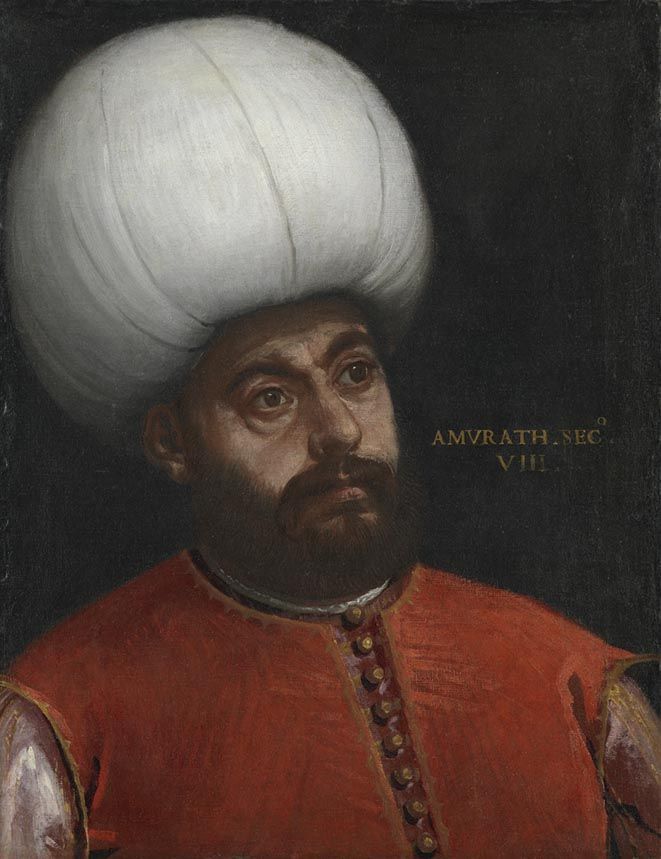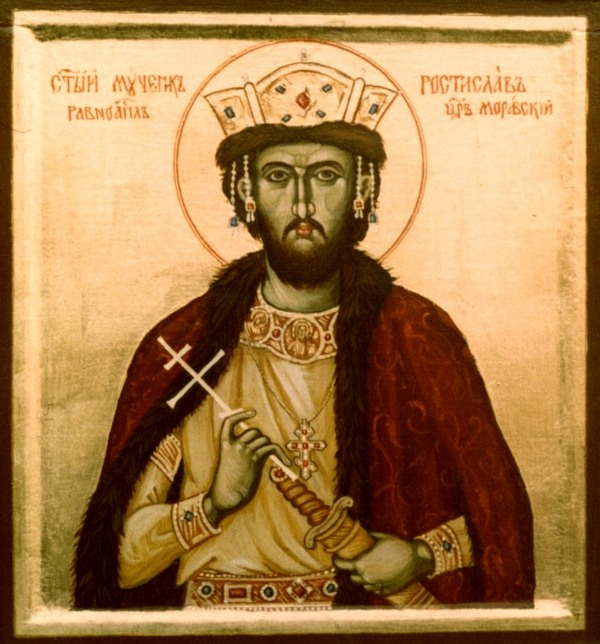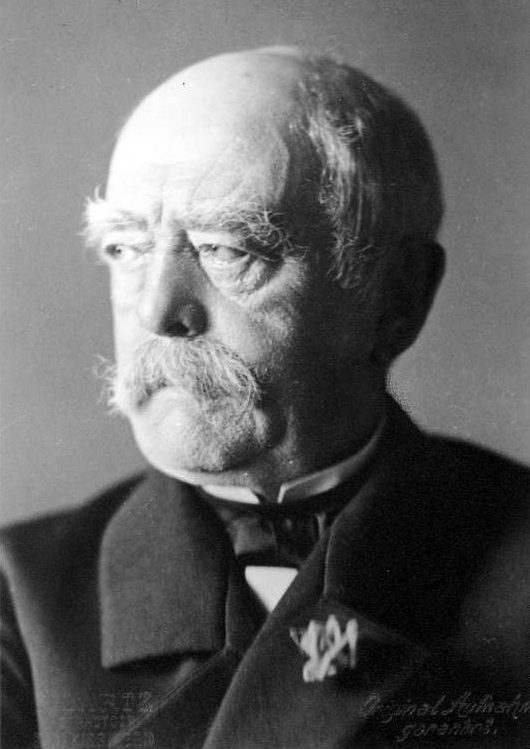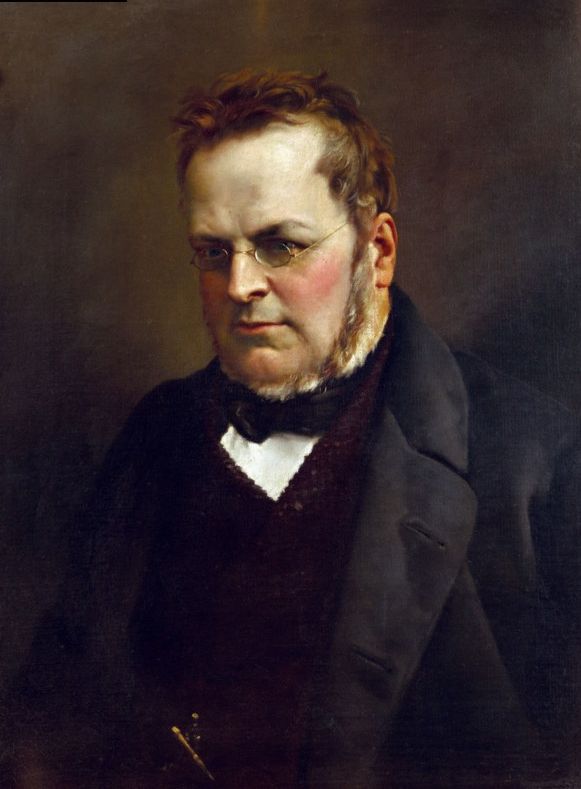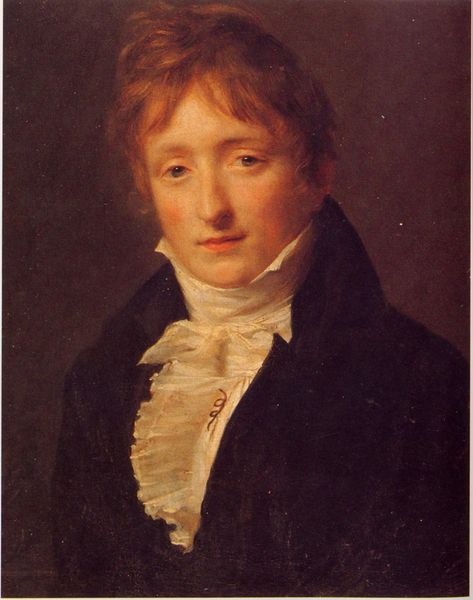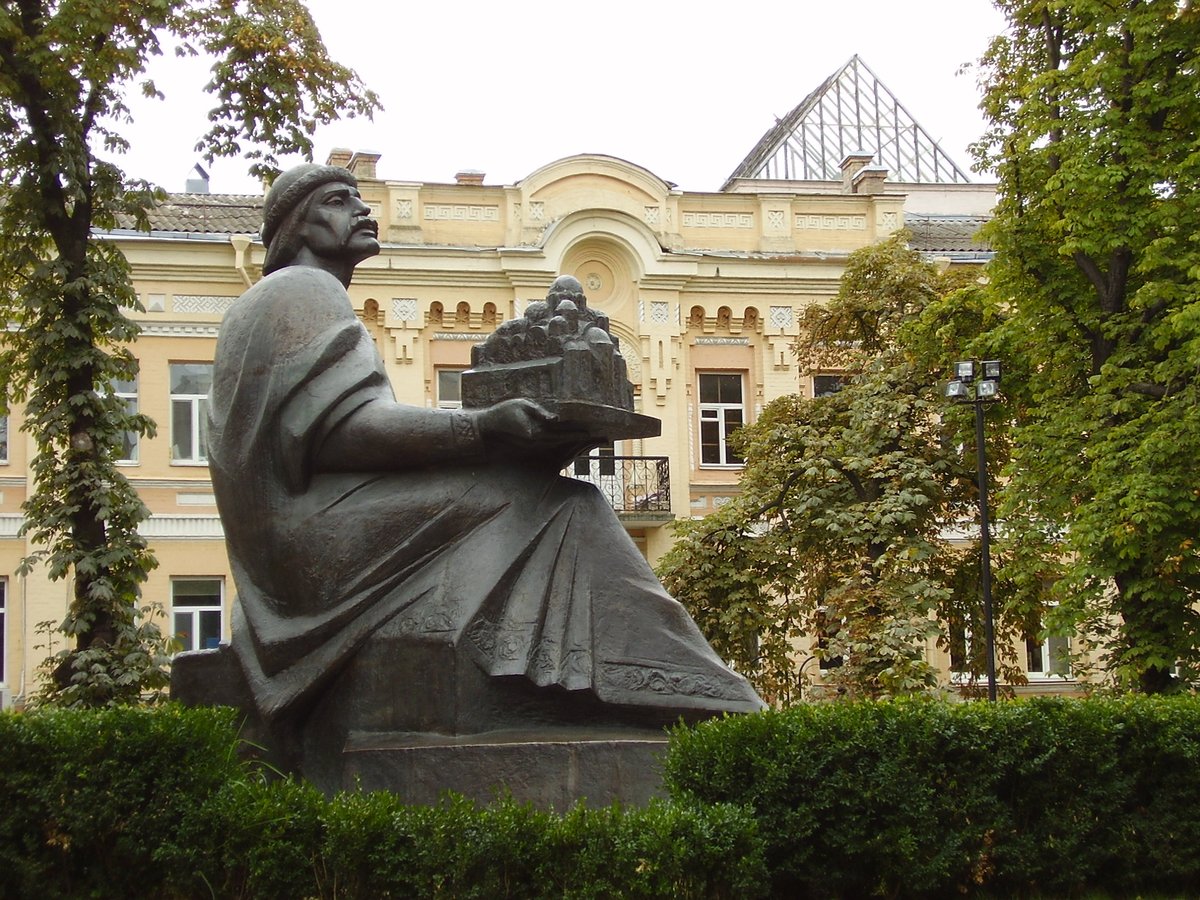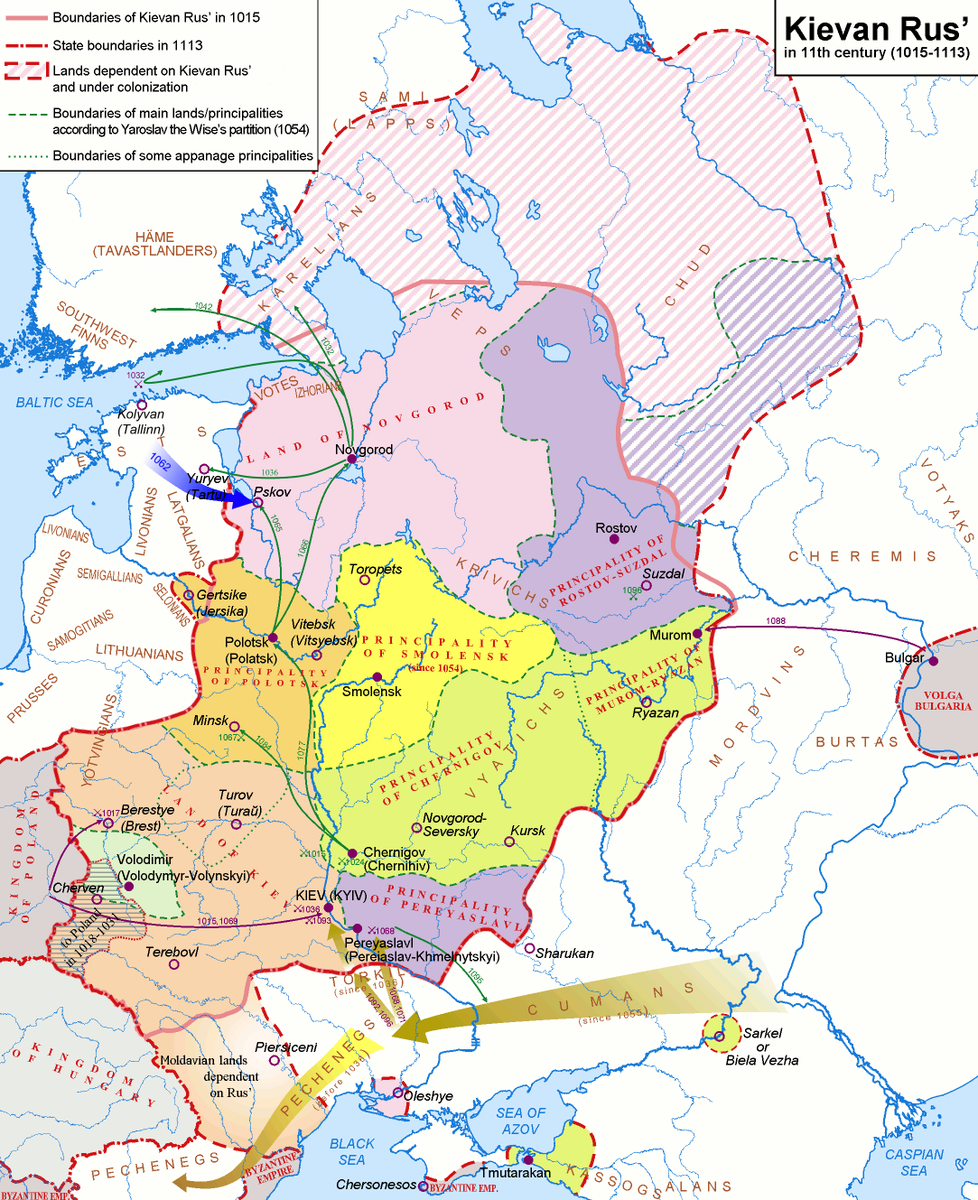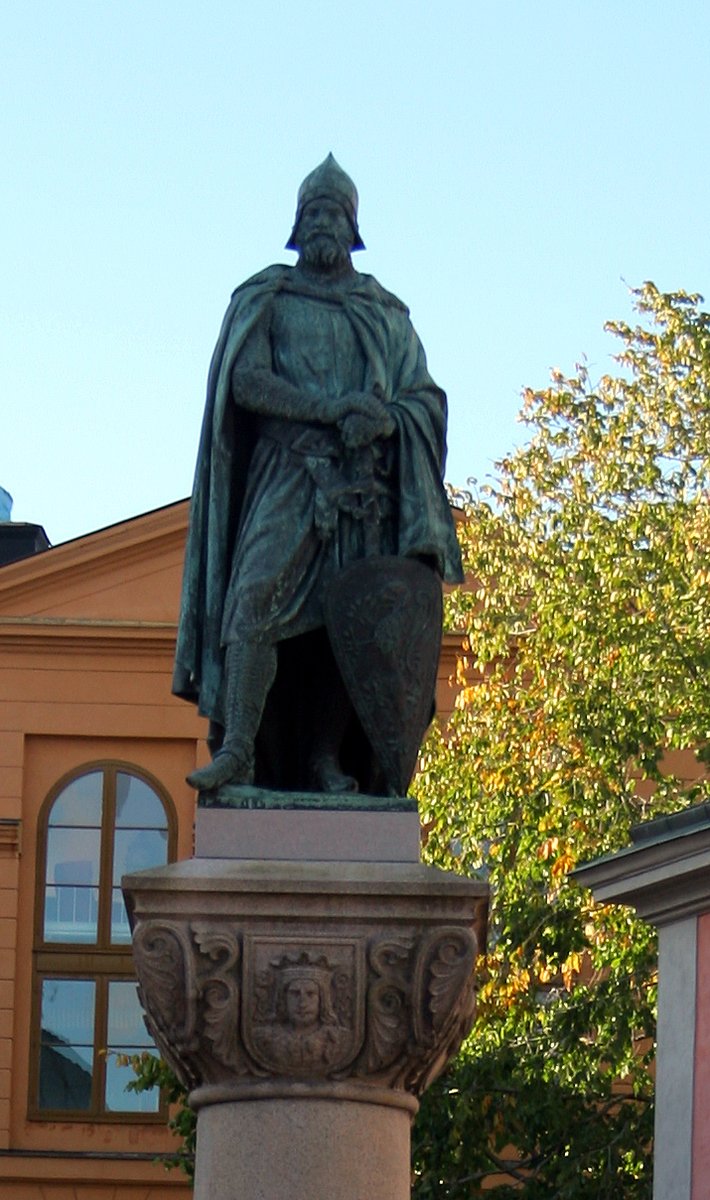A young noble in trouble after a kidnapping gone wrong.
An unexpected King, who lost his Kingdom.
The lord of an island and the beginning of a 300 year long Kingdom.
Story in the evening ...
An unexpected King, who lost his Kingdom.
The lord of an island and the beginning of a 300 year long Kingdom.
Story in the evening ...
https://twitter.com/Arby_K/status/1456447216428601345
Guy de Lusignan was born around 1150 to Hugues de Lusignan, Lord of Lusignan and Bourgogne de Rancon as the sixth of their seven sons. By 1168, Guy's eldest brother, Hugues, had died and the elder Hugues captured in battle in the Levant at Harim in 1164. 1/10 

Lusignan was part of the vast Duchy of Aquitaine then ruled by Duchess Eleonore and her husband, King Henri of England. Geoffrey, another elder brother of Guy, attempted to acquire more land but was dealt with, harshly, by King Henri. 2/10 

Geoffrey and Guy retaliated by ambushing Duchess Eleonore while traveling in Aquitaine. Though the Duchess escaped, her lieutenant, Earl Patrick of Salisbury was killed. The Lusignan brothers were seen in Levant not long after that. 3/10 

The Levant had been occupied by Crusader states since the turn of the century. But the lead state, Kingdom of Jerusalem, was struggling. King Baudouin was doing well defending his Kingdom, but leprosy was taking its toll on him and he had no immediate heirs. 4/10 

The King had two sisters, elder Sibylle and younger Isabelle. By 1177, the 17 year old Sibylle was already a widow and needed to look for a new suitor. There were no shortage of suitors, especially from the other Crusader provinces, but the attached politics was murky. 5/10 

Guy de Lusignan's elder brother, Aimery, rumoured to be the lover of King Baudouin's mother, Agnes de Courtenay, seems to have retained influence in the court. In the middle of all the political battles in the background, it was Guy de Lusignan who married Princess Sibylle. 6/10 

In a move that divided everyone in the Crusader states, the two married in 1180. Guy was made Regent of the Kingdom but failed when Kerak was besieged by Salah al-Din ibn Ayyub in 1183. King Baudouin had to rescue the struggling forces, despite his failing health. 7/10 

King Baudouin died in 1185 and was quickly followed by his successor, Sibylle's son from her first marriage, the next year. Sibylle became Queen regnant and made Guy King. But his leadership eventually led to the defeat at Hattin and the loss of Jerusalem in 1187. 8/10 

Captured at Hattin, King Guy was released by Salah al-Din in 1188. An attempt to go to Crusader held Tyre was prevented by Corrado di Monferrato. Queen Sibylle's death in 1190 and her sister's marriage to Corrado di Monferrato complicated Guy's claim to the Kingdom. 9/10 

Guy and Corrado recovered Acre, which became the new capital of the Kingdom, in 1191 with the help of newly arrived Crusaders. But Isabelle was now the new Queen. Guy ended up with the island of Cyprus instead and was succeeded by his brother, Aimery, on his death in 1194. 10/10 



• • •
Missing some Tweet in this thread? You can try to
force a refresh


